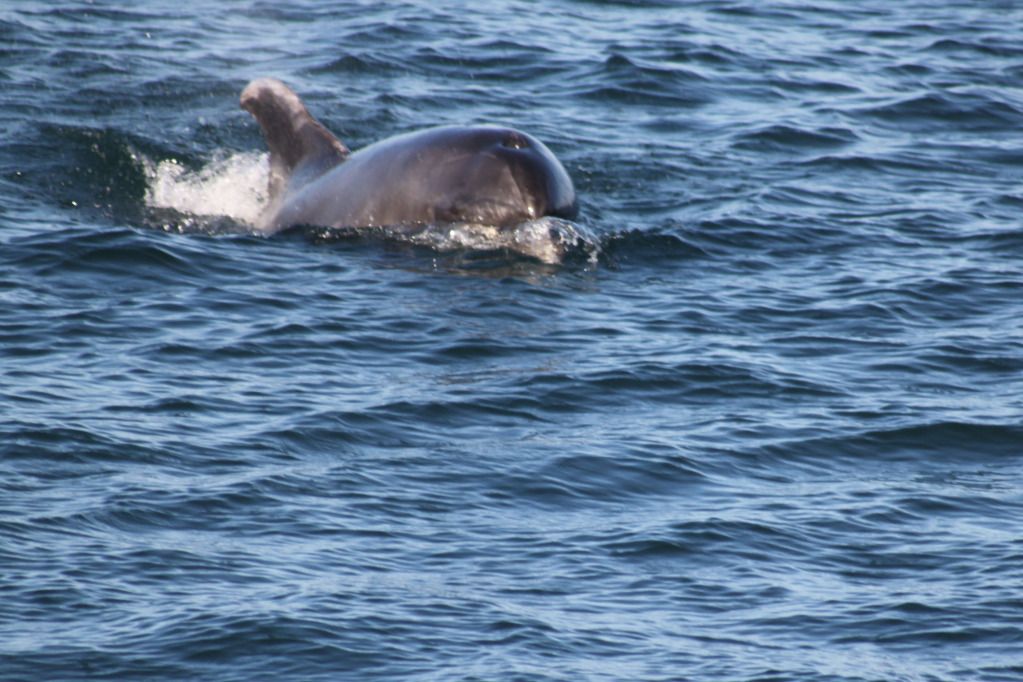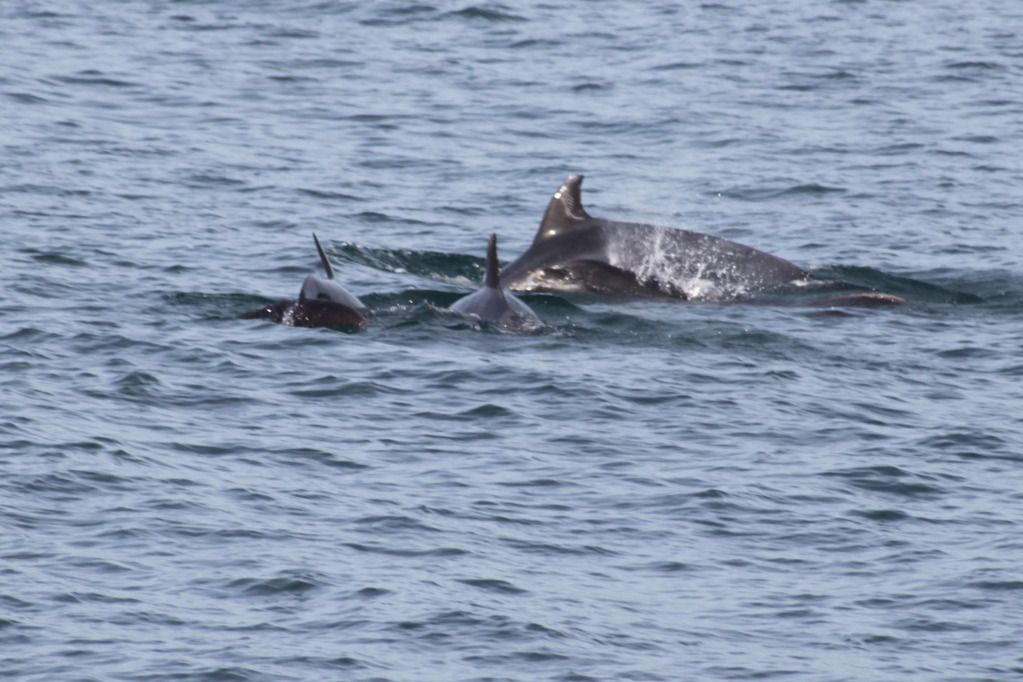For example, whilst looking for water voles I've seen foxes and whilst looking for foxes I've seen otters and on Sunday I went looking for hares and didn't see any - instead there was something even more interesting and quite unusual.
Flying overhead from the North East in a South Western direction was a very large white bird:
.
.
First impressions were it could be a stork or a crane. But having studied the photographs, it has the bent neck, normally associated with herons:
.
.
Such a bird is not listed in my reference guides, so it took the internet to resolve the identification and the most likely contender is a great white egret (a type of heron).
An unusual bird to see in the UK, the going birding site for Oxfordshire describes it as 'Very Rare' http://www.goingbirding.co.uk/oxon/species.asp
Great white egrets can reside in the UK over winter, but they are also migratory, so as this one was heading in a southerly direction, it could be migrating to Africa and may not have touched ground in the county.
As always, corrections are welcome.








